“Re-enactment, Users Manuals and DNA Storage: methods for media art preservation” presented by Curham, Ihlein and Appuswamy
Presentation Title:
Presenter(s):
Abstract:
This paper discusses a novel approach to media art preservation led by Australian artist-archivist group Teaching and Learning Cinema, using the field of expanded cinema as a case study.1 Works of 1970s expanded cinema (which combine celluloid film projection with live performance) are typical of the inherent “lossiness” of much 20th and 21st century media art.2 While offering richly embodied experiences in their moment of enactment, expanded cinema’s ephemerality means that it risks falling out of circulation and thus becoming unavailable for future experience. Teaching and Learning Cinema, over the past 20 years, has evolved a methodology for preserving works of expanded cinema, featuring three overlapping approaches. First, intergenerational transfer is attempted: in this phase, younger artists learn about the work from its originators, and produce live re-enactments. During the second phase, a users manual is assembled, encoding the artwork as a set of instructions with the intention of making it available for future generations of performers and audiences. Thirdly, the archived material from phases one and two is stored on synthetic DNA, with a view to transmission into the deep future (perhaps 1000 years). While the first two phases are urgent, preventing the work’s immediate extinction, the third phase is speculative, broadening the enquiry to explore the question of cultural heritage across much longer timeframes.




